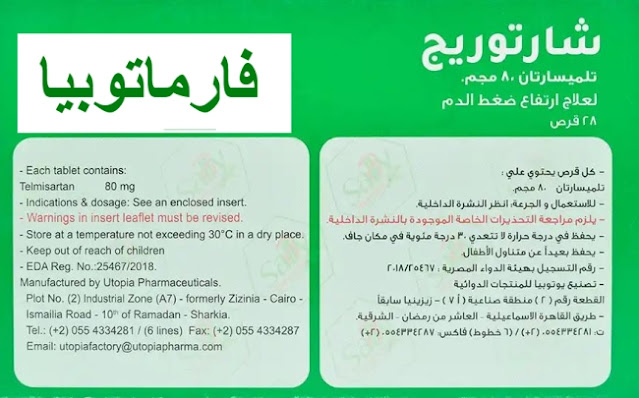Unveiling Tusskan Syrup: Your Comprehensive Guide
If you've been recommended Tusskan syrup, you might have questions about its purpose, usage, and potential side effects. In this comprehensive guide, we'll break down the key information found in the Patient Information Leaflet (PIL) in a way that's easy to understand for everyone.
Composition
Tusskan syrup contains four active ingredients in each 5 ml:
- Guaiphenesin: Aids in loosening mucus.
- Ephedrine hydrochloride: Decreases nasal congestion.
- Dextromethorphan (as hydrobromide): Suppresses the cough control center.
- Diphenhydramine hydrochloride: Provides relief for runny nose, sneezing, and itchy eyes.
Indications
When to Use Tusskan
Tusskan is designed to temporarily relieve coughs caused by minor throat and bronchial irritation. This can result from upper respiratory tract infections or exposure to inhaled irritants. It is especially effective when coughs are complicated by thick mucus. Let's explore how each ingredient contributes to this relief:
- Dextromethorphan Hydrobromide: Suppresses the cough control center.
- Guaiphenesin: Loosens mucus and thins bronchial secretions.
- Ephedrine Hydrochloride: Decreases nasal congestion, improving airway potency.
- Diphenhydramine Hydrochloride: Provides relief for runny nose, sneezing, and itchy eyes.
Contraindications
When Not to Use Tusskan
Tusskan is not suitable for individuals with:
- Hypersensitivity to any of the ingredients.
- Ongoing monoamine oxidase inhibitor (MAOI) therapy or within 14 days after stopping MAOIs.
- Severe hypertension or coronary artery disease.
- Nursing mothers or during pregnancy.
Adverse Reactions
Possible Side Effects
While adverse reactions are rare, it's essential to be aware of potential side effects associated with each ingredient:
- Dextromethorphan Hydrobromide: Rare nausea, slight dizziness, and drowsiness.
- Guaiphenesin: Generally well-tolerated; larger doses may lead to nausea, vomiting, dizziness, headache, or rash.
- Ephedrine Hydrochloride: Individuals hypersensitive to ephedrine may experience reactions such as tachycardia, palpitations, headache, dizziness, or nausea.
- Diphenhydramine Hydrochloride: Known for its sedative properties, it may cause drowsiness.
Precautions
What You Need to Know
- A persistent cough lasting more than a week or recurring should prompt a reevaluation by a healthcare professional.
- Before using any cough-suppressing medication, it's crucial to identify the underlying cause of the cough.
- Tusskan should not be taken if you are on prescription MAOIs. Consult your physician in case of uncertainty.
- Caution is advised in patients with diabetes, hypertension, cardiovascular diseases, hypersensitivity to ephedrine, or decreased respiratory drive.
- Use caution when driving or operating machinery, especially if taking sedatives or tranquilizers.
Drug Interactions
Be Informed
- Serious toxicity (serotonin syndrome) may occur if dextromethorphan is taken with MAOIs.
- Dextromethorphan may enhance CNS depressant effects when combined with alcohol, antihistamines, psychotropics, or other drugs causing CNS depression.
- Ephedrine may reduce the antihypertensive effects of certain medications.
- Beta-adrenergic blockers and MAOIs can potentiate the sympathomimetic effects of ephedrine.
Dosage & Administration
How to Take Tusskan
- Adults: One teaspoonful (5 ml) 3-4 times daily.
- Children: Half teaspoonful (2.5 ml) 3-4 times daily.
- Not recommended for children under 6 years old.
Storage
Keep It Safe
- Store Tusskan in a cool place (25°C or below).
- Keep it out of reach of children.
Conclusion
Tusskan syrup can provide relief for various cough symptoms, but it's essential to use it responsibly. Understanding its composition, when to use it, and potential side effects empowers you to make informed decisions about your health. If you experience unusual symptoms or have concerns during your treatment, consult your healthcare provider. Your well-being is paramount, and with the right information, you can navigate your journey towards recovery confidently.
About the Author
Dr. Ahmad Baker, PharmD
He is a senior pharmacist and health educator with extensive experience in the Middle East and North Africa region. Through his writing, Dr. Ahmad aims to empower communities by providing reliable, evidence-based health information. With expertise in clinical pharmacy and regulatory affairs, he strives to offer unique insights into healthcare and simplify complex medical concepts, making them accessible to everyone.
Legal Disclaimer
The information provided in this blog is for educational purposes only and is not a substitute for professional medical advice. We do not guarantee the accuracy or completeness of information regarding medications or medical products, and official sources should be verified before making any decisions. By using this blog, you agree to assume personal responsibility for relying on the information provided.

Comments
Post a Comment